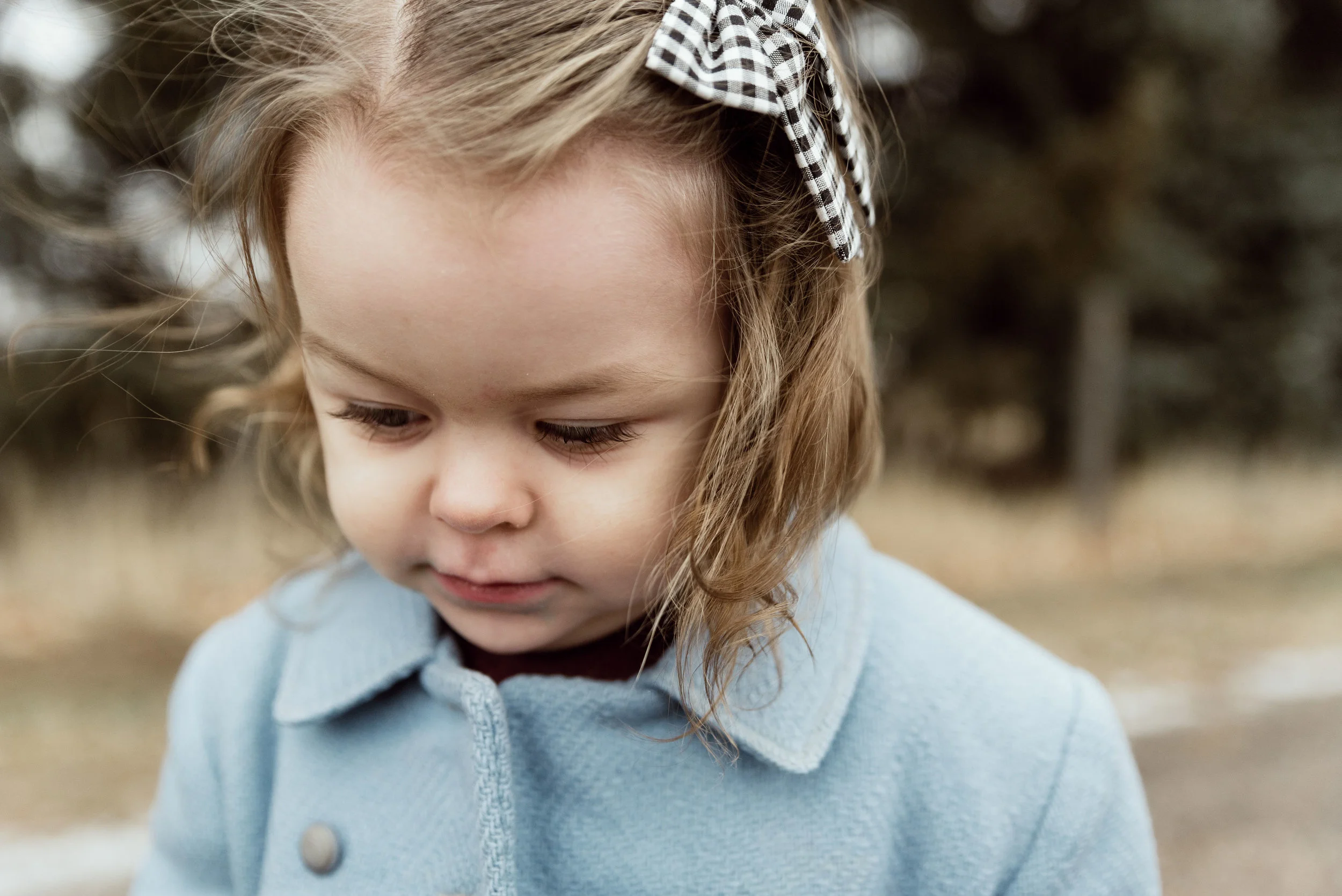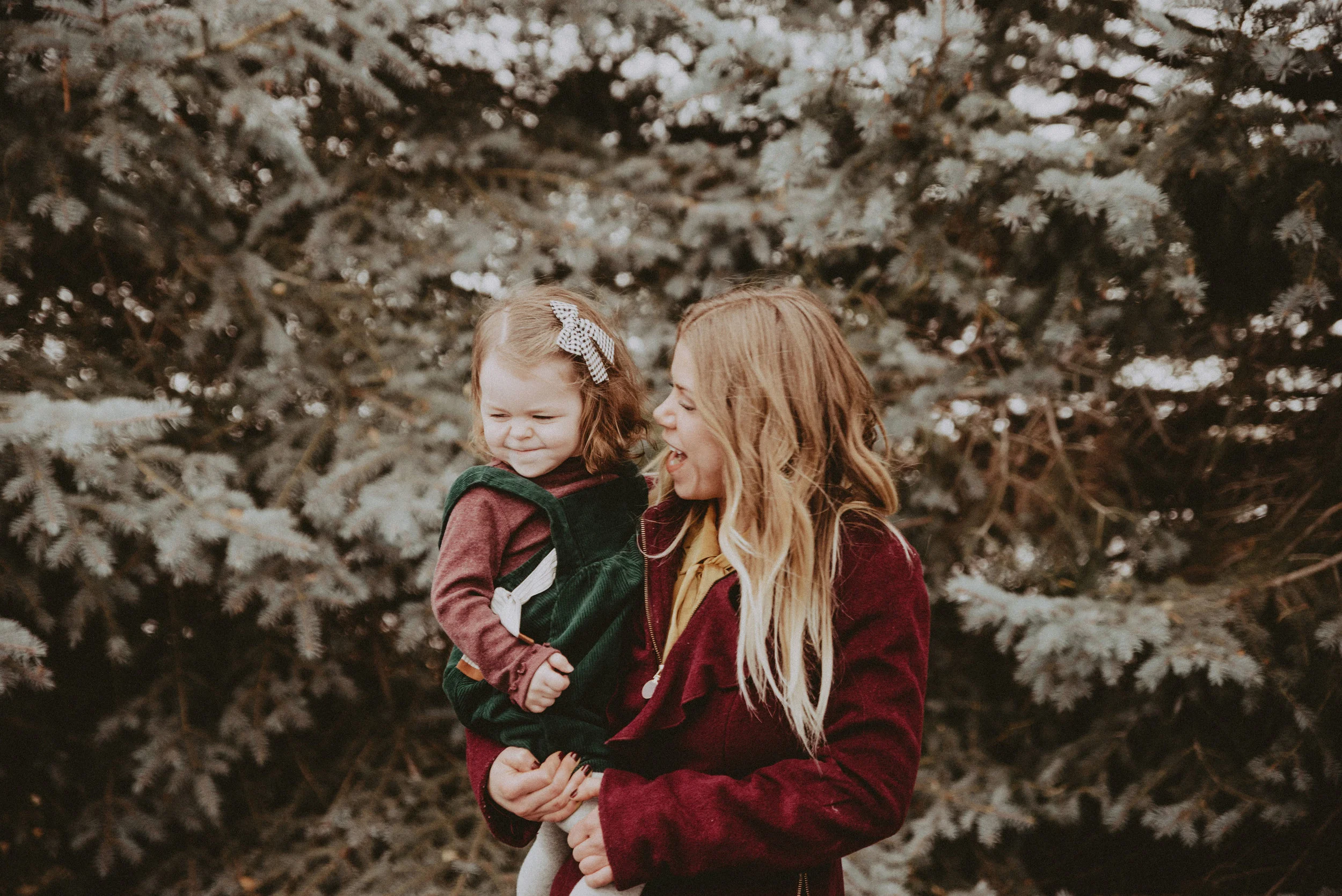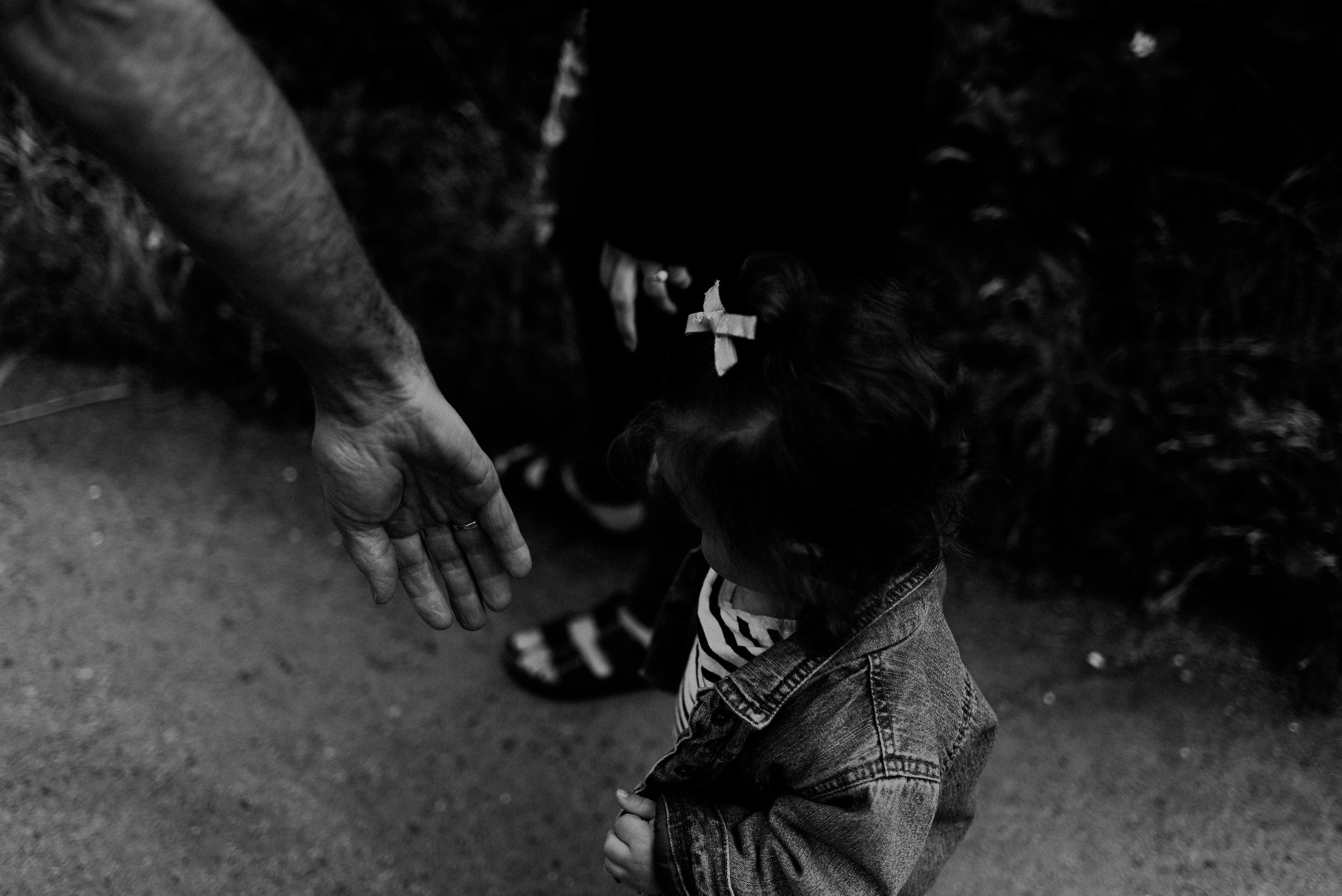Images by Brooke Richardson Photography
“I don’t want you to be safe ideologically. I don’t want you to be safe emotionally. I want you to be strong. That’s different. I’m not going to pave the jungle for you. Put on some boots and learn how to deal with adversity. I’m not going to take all the weights out of the gym; that’s the whole point of the gym. This is the gym.”
It’s undeniable: Rates of anxiety, depression, and suicide are skyrocketing.
Why is this?
I recently read a book called The Coddling of the American Mind: How Good Intentions and Bad Ideas Are Setting Up a Generation for Failure, by Greg Lukianoff and Jonathan Haidt.
This book explores causes of and antidotes to:
Fragility of today’s youth
Decline of free speech
Elevated rates of depression, anxiety, self harm, and suicide, particularly among today’s youth
The book starts off with three Great Untruths that seem to have spread widely in recent years:
The Untruth of Fragility: What doesn’t kill you makes you weaker.
The Untruth of Emotional Reasoning: Always trust your feelings.
The Untruth of Us Versus Them: Life is a battle between good people and evil people.
These Great Untruths are negatively impacting everyone. Anyone who cares about youth, education, or democracy should be concerned about these trends.
This post will focus on the first Great Untruth (specifically regarding fragility): What doesn’t kill you makes you weaker.
Contrary to current popular practice and belief, children are antifragile. They NEED to be exposed to various challenges and stressors (within limits and in age-appropriate ways) or they will fail to mature into strong and capable adults, able to function successfully and engage productively with people and ideas that challenge their beliefs and moral convictions (Failure to Launch, anyone?!).
“You are not a fragile candle, you are a fire - so welcome the wind by seeking out ideologically different speakers and ideas.”
Though parents/teachers/caretakers/administrators have good intentions by shielding and protecting kids from physical/mental/emotional/psychological hurt, doing so actually does more harm than good. Grossly expanded conceptions of trauma and safety are now used to justify overprotecting youth of all ages (even many college kids who now claim the need for safe spaces and trigger warnings lest words and ideas “endanger” them).
Safetyism is an obsession with eliminating threats (both real and imagined) to the point where practical and moral concerns are overruled. Safetyism deprives young people of the experiences their antifragile minds need, thereby making them more fragile, anxious, and prone to seeing themselves as victims.
The authors discuss how children today, on average, have far more restricted childhoods than their parents did, though the parents grew up in far more dangerous times. This is due to a variety of reasons, including:
Fear for children’s safety (though children are safer today than at any other point in history)
Heightened educational standards and requirements, from preschool through high school, particularly to facilitate college admission
Both of these factors result in less exploratory play time and more structured, supervised time. The authors note helicopter parenting combined with laws and social norms that make it tough to allow kids unsupervised play time may negatively impact their resilience and mental health.
Basically, when we overprotect children, we harm them. Overprotection makes them weaker and less resilient in the future. As with most things, it’s about balance. You don’t want to neglect them, but you don’t want to overmonitor them, denying them the thousands of small challenges, risks, and adversities they need to face on their own to become strong and resilient adults.
“Prepare the child for the road, not the road for the child.”
Foster antifragility by giving kids the gift of experience so they can become autonomous, resilient adults. Recognize they need some unstructured, unsupervised time to learn how to judge risks for themselves and practice dealing with issues like frustration, boredom, and interpersonal conflict. The most important thing they can do with that time is to play, especially in free play, outdoors, with other kids (away from screens!). There may need to be an adult nearby for children’s physical safety, but that adult shouldn’t intervene in general disputes and arguments.
The authors even recommend encouraging your children to walk or ride bikes to and from school at the earliest age possible, consistent with local factors like distance, traffic, and crime. Ask your school to provide a way for kids to check in and out, to track children who trek to school independently without needing to use a smartphone to monitor them.
If you like the idea of allowing your young ones a little more leash length, but are worried the neighbors will report you, visit LetGrow.org to print a “Let Grow License” to send with your kiddos. This informs any (well-meaning!) busybodies your child is not lost or neglected, and is allowed more free rein (in compliance with state law). Learn what the laws in your state require by typing “state laws” into the site’s search box.
As previously mentioned, it’s not just about physical safety; consider your kids’ emotional, mental, and psychological well-being. You can fortify them by encouraging your children to engage in a lot of “productive disagreement.” Instruct them how to communicate respectfully. Teaching them how to give and take criticism without being personally offended is an essential life skill.
In the next post, we’ll discuss the second Great Untruth: Always trust your feelings.
xx,
-w-
Write here…











